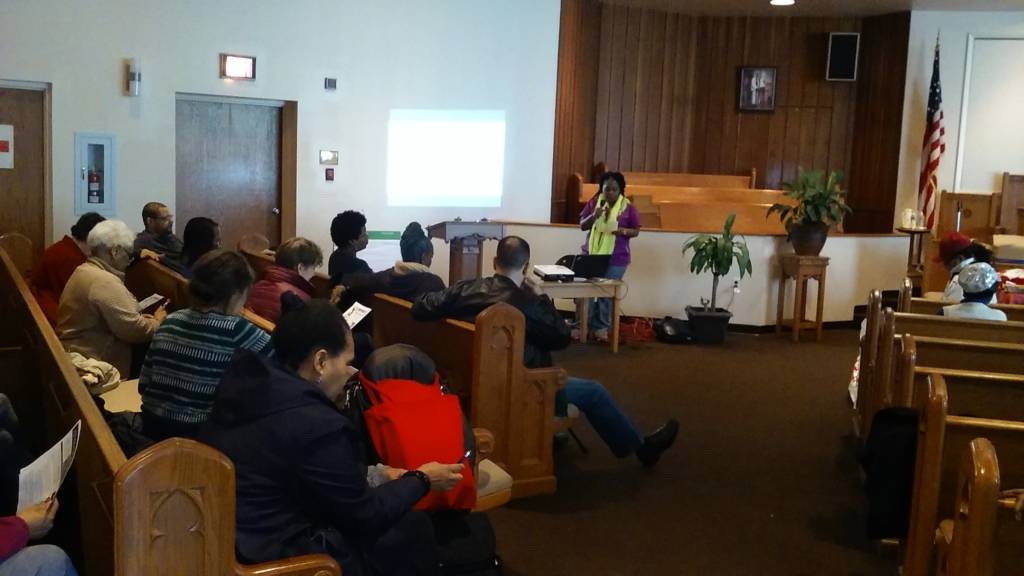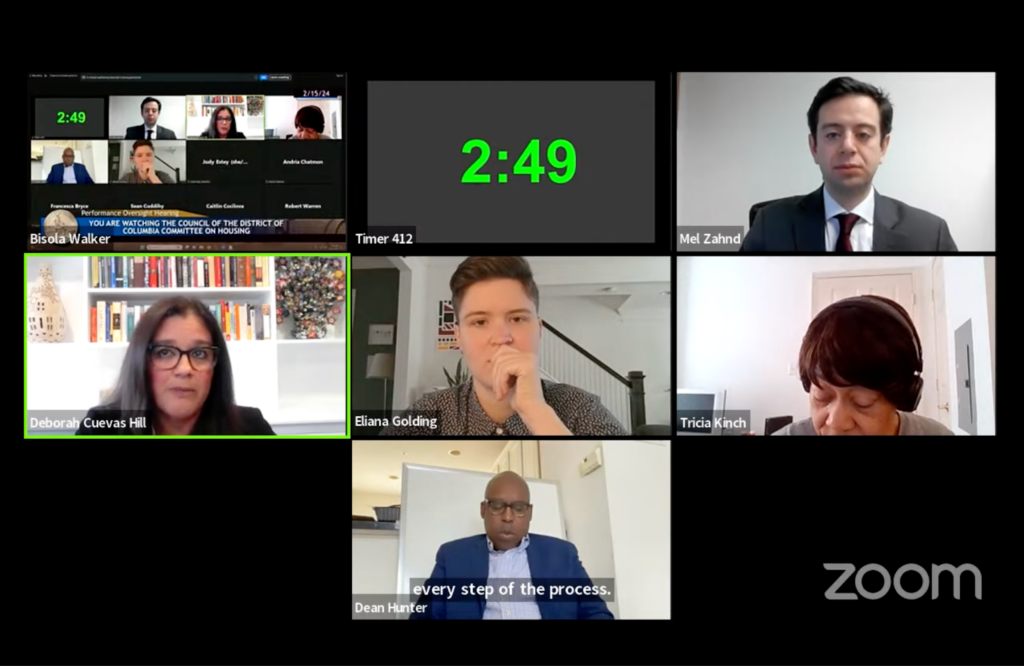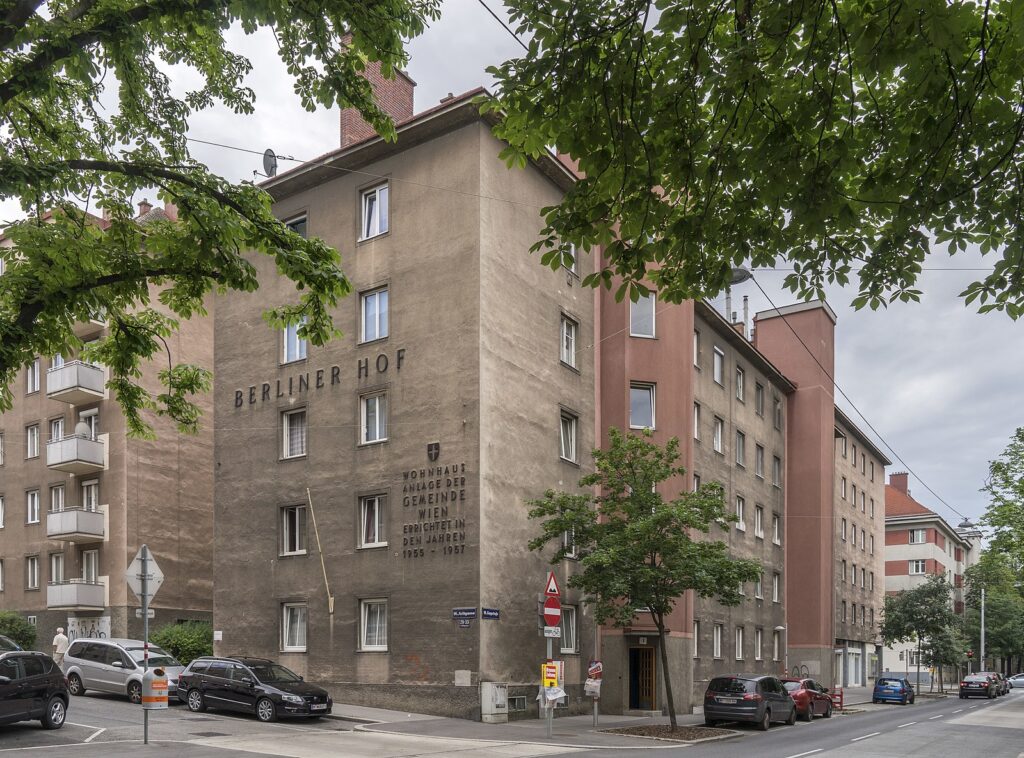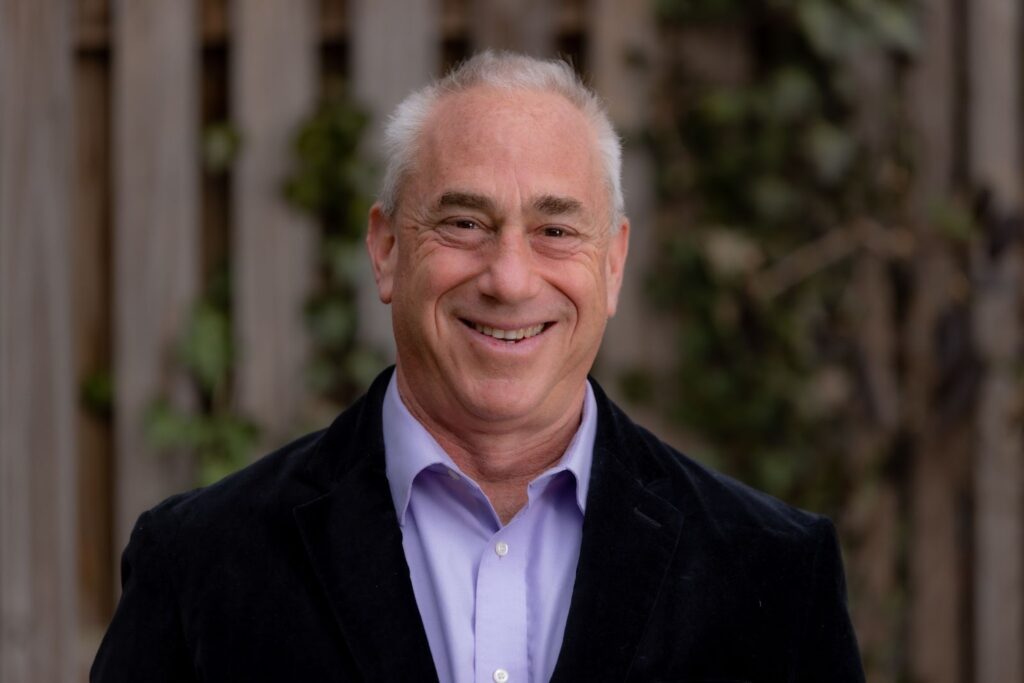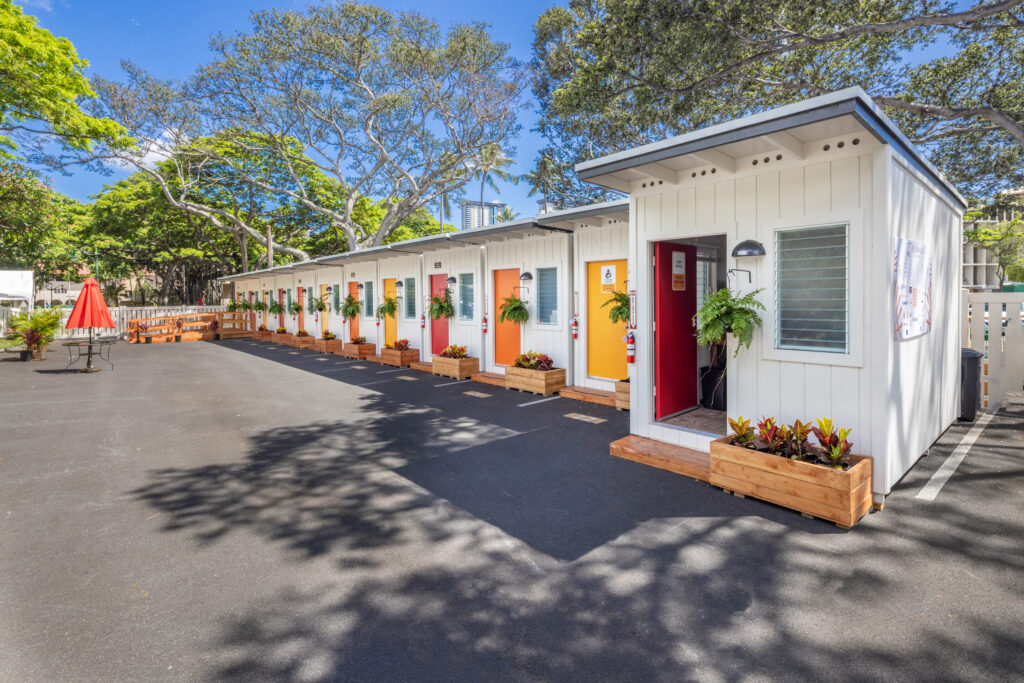The New Communities Initiative (NCI), based in the mayor’s office, oversees conversion of deteriorating public housing sites into mixed-income developments. It was created during the administration of former Mayor Anthony A. Williams to breathe new life into Washington’s poorest areas. Currently, NCI’s attention is on four neighborhoods: Barry Farm in Ward 8, Northwest One in Ward 6, Park Morton in Ward 1 and the Lincoln Heights/Richardson Dwellings in Ward 7.
On Wednesday, January 28, the council’s Committee on Housing and Community Development (CHCD), chaired by At-Large Councilmember Anita Bonds, held a public roundtable to discuss NCI, which has struggled since its inception in 2005.
“We want to try to put … residents at ease as we begin anew with the New Communities Initiative that we have before us,” said Bonds.
The January 28 hearing included testimony from residents of public housing and representatives of homeless service organizations. Many witnesses were concerned that residents who are displaced from their neighborhood during construction will not be able to return when construction is completed. Some residents were afraid that if they had to move out, they would have no place to go.
“New Communities would be greatly improved if the city guaranteed residents a nearby affordable place to live while reconstruction is happening,” said Sam Jeweler, representing Bread for the City. Jeweler and others said guidelines are needed to ensure residents will be able to return. Transparency is needed about move-out dates, where people will stay and when they will be able to return.
“Communication is key … it’s easy to understand how people feel marginalized, because they’re not involved in their future,” said David Meadows, Bonds’ chief-of-staff.
Monica Kamen, representing the D.C. Fair Budget Coalition, said, “Residents should return to the same type of unit that they resided in before development, with the same number of bedrooms and the same accessibility, particularly for seniors and those with disabilities.”
Some who were present condemned the project as a way to push people out from neighborhoods where they have lived and worked for decades. Herbert Evans, a war veteran and former resident of a Maryland housing project, asked “Why should I work in a city that I cannot afford to live in? Who’s future am I building upon?”
On February 2, Bonds released a resolution that was accepted unanimously by the Council. They resolved to focus on “ensuring every resident has the opportunity to return and thrive as an important part of a new mixed-income community.” They also resolved that “[it] is critical to establish a strategy to mitigate the disruption caused by relocation, and set specific and transparent criteria for return based on human and civil rights that would affirm a Right to Return of residents as an important principle for New Communities developments.”
Deputy Mayor of Planning and Economic Development Brian Kenner testified that all NCI programs will be conducted with a “one-for-one” replacement model to make sure all tenants of old buildings receive a new unit during and after construction.
The following Saturday, local advocacy group Empower DC hosted an organizing meeting at Ambassador Baptist Church in Southeast to drum-up support for their ongoing campaign to “save public housing.”
A core value of the organization is that housing is a human right and public housing is an essential part of ending homelessness, according to Schyla Pondexter-Moore, the campaign’s director.
One goal of the meeting was to dispel a common belief that public housing is only available to single mothers or families. Pondexter-Moore urged anyone in need to seek housing and described several single male heads-of-households she knew who were able to receive public housing assistance.
A larger focus was given to the impending redevelopment of Barry Farm. Pondexter-Moore alleged that roughly 200 Barry Farm residents have already been coerced to move away.
“Basically it was due to the conditions that they lived in,” added Empower DC member Paulette Matthews.
For the gathered activists, this illustrated the lack of transparency recently acknowledged by D.C. Council. They discussed possibilities for direct action if a transparent right to return was not invoked soon. Pondexter-Moore threatened to lead an occupation of Barry Farm, which she described as “sacred land,” before Empower DC would see residents leave during construction without a clear right to return.
Contrary to these fears, the D.C. Housing Authority reports that the only Barry Farm tenants who have moved, and still need public housing assistance, either requested a transfer to other units or took advantage of the option to move into some recently renovated units elsewhere.
“Two hundred families were not relocated from Barry Farm last year,” spokesman Richard White wrote in a statement to Street Sense. “DCHA’s property management operations have been working with each family who is not in good standing, as we promised the community we would do.”
Additionally, at the CHCD roundtable, Deputy Mayor Kenner testified that no one would be relocated until the project’s demolition disposition is approved by the U.S. Department of Housing and Urban Development in the next 18 months.
According to Kenner’s testimony, 100 replacement units have already been built off site for Barry Farm tenants to utilize during construction. Three hundred and forty-four more replacement units are scheduled to be built on site, thus accounting for the 444 total units that make up the Barry Farm neighborhood.
Barry Farm sits in the “Martin Luther King Corridor” that will see “signature development” stretching from the 11th Street Bridge to the St. Elizabeth’s campus project, according to Kenner.
